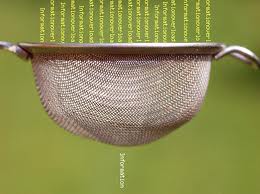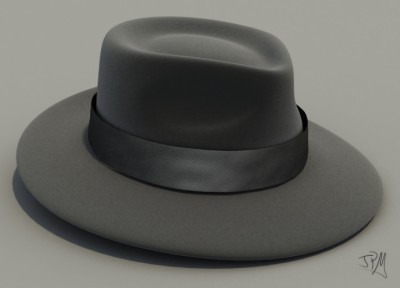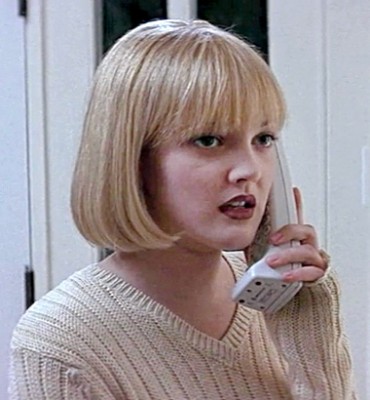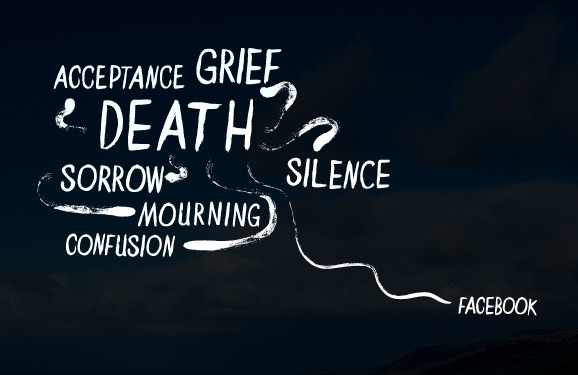So I’ve been thinking a lot about curation and its role in contemporary social life. I’ve had such thoughts before, and have since expanded upon them. Here’s where I am…
Curation is the act of picking and choosing, marginalizing and highlighting, adding, deleting, lumping, and splitting. Social life in itself is highly curatorial, as social actors necessarily filter infinite masses of stimuli, selecting and preening in intricate ways while sculpting performances out of the broad slabs that constitute affect, body, and demeanor. In what follows, I argue that new technologies—and social media in particular—amplify curation, facilitating its operation as a key organizing principle of augmented sociality.
Specifically, I briefly outline a three-pronged theory of curation, in which social actors curate their own performances, curate what they see, and are always subject to curatorial practices of others—both human and machine. I refer to curated performance as outgoing curation, curated viewing as incoming curation, and curation at the hands of others as third-party curation. more...









